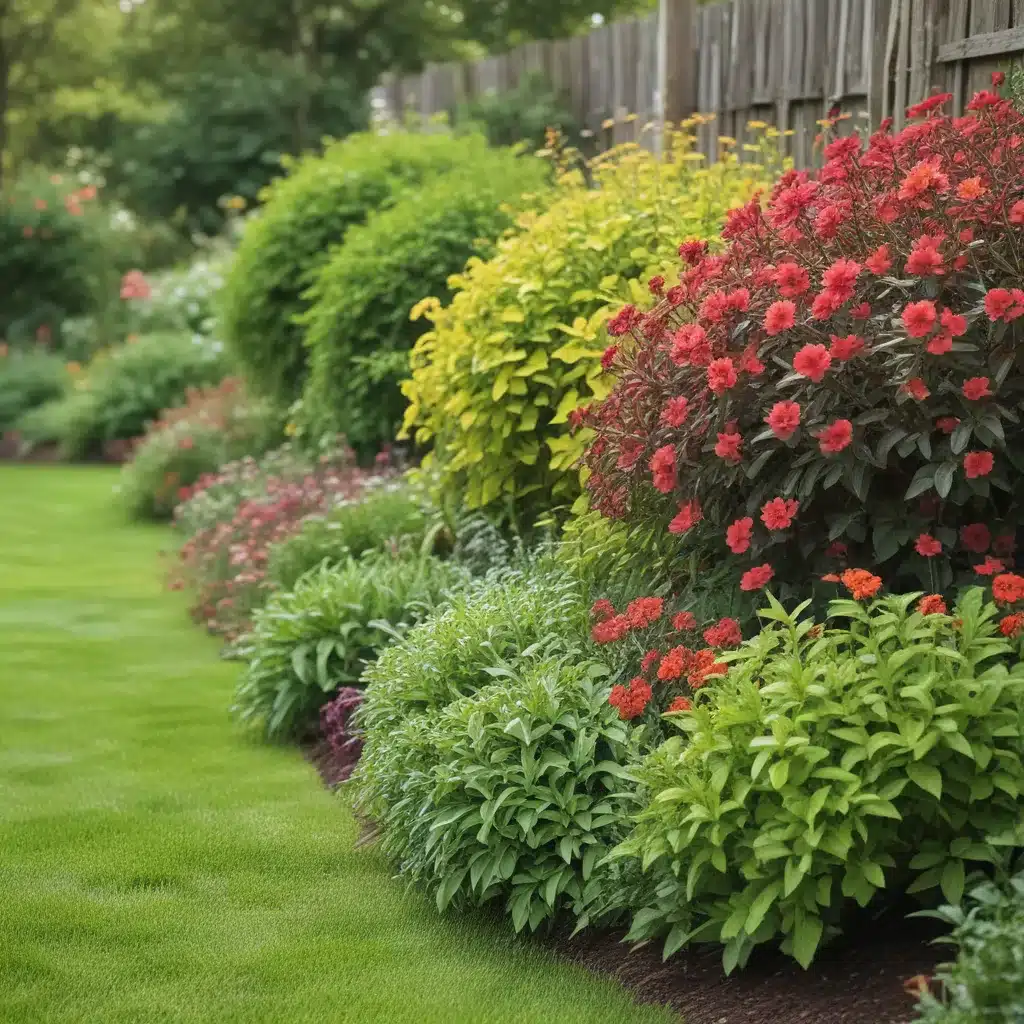
Getting Into the Right Mindset
Ugh, weeding – the bane of every gardener’s existence. It’s the one task that can turn even the most passionate green thumb into a world-class complainer. But friends, I’m here to change your tune. Let’s talk about adopting the right mindset and approach to make weeding a breeze, shall we?
You see, maintaining a healthy garden is no different from keeping up with our other responsibilities in life. Just like we have to brush our teeth, groom our pets, and service our cars, tending to our outdoor oasis requires regular care and attention. It’s all about building good habits and tackling tasks head-on, rather than letting them pile up until they become soul-crushing drudgery.
The Garden Continuum hit the nail on the head when they said, “Getting into the habit of regular, routine care and maintenance of your garden will reap the same benefits you experience when you take proper care of yourself, your home, pets, and vehicles.” So let’s adopt that mindset and dive into the nitty-gritty of effective weeding.
Mastering the Art of Weeding
Alright, now that we’ve got the right mindset, let’s talk technique. Weeding is an art form, my friends, and there are three key elements to master: your tools, your approach, and your timing.
First, let’s address those hands of yours. As much as we’d like to think we can just reach down and yank those pesky weeds right out, it’s rarely that simple. Those roots are holding on for dear life, and if you don’t get them all, the weed will simply bounce back with a vengeance. No, to truly conquer the weeds, you need the proper tools – a cultivator, a hoe, or even a spading fork, depending on the situation.
The Garden Continuum explains it best: “Weeding is digging, I say to my staff. It isn’t pulling, grabbing, ripping or tugging with hands.” You’ve got to get serious and go after those roots, fully removing the entire plant so it has no chance of growing back.
And the timing of your weeding efforts is just as crucial. You want to strike before those pesky plants have a chance to flower and set seed, creating an endless cycle of weed growth. As the old saying goes, “One year of seed gives seven years of weed.” So stay vigilant, my friends, and remove those weeds as soon as you spot them, before they can wreak havoc on your garden.
Seasonal Gardening Chores
Now that we’ve got the weeding down, let’s talk about the other essential garden upkeep tasks you’ll need to tackle throughout the year. Gather & Grow has you covered with a comprehensive seasonal gardening checklist.
In the spring, it’s all about preparation – cleaning out the garden shed, planning your layout, and getting those cool-season crops started indoors. As the weather warms up, you’ll want to focus on transplanting, fertilizing, and keeping up with weeding and watering.
Summer brings a flurry of harvesting and pest management, but don’t forget to deadhead spent blooms and deep-water your trees and perennials. And when fall rolls around, it’s time to clear out the annual beds, plant your garlic and bulbs, and get the garden ready for winter.
Throughout it all, don’t forget to leave some wild spaces for the pollinators! As Xerces reminds us, “There are also some bare spots that I leave to entice ground nesting bees.” After all, a thriving garden isn’t just about the plants – it’s about the whole ecosystem.
Seasonal Maintenance Checklist
To help you stay on top of all those garden tasks, here’s a handy seasonal maintenance checklist to keep you organized:
Fall
- Weed, deadhead, prune, and transplant perennials
- Mulch beds with 2-3 inches of compost
- Prune roses and treat for pests
- Plant bulbs and garlic
- Clean and store garden tools
Winter
- Protect tender plants from frost
- Prune trees and shrubs
- Maintain bird feeders and baths
- Check for animal damage and signs of pests
- Drain and store hoses and irrigation
Spring
- Clean out garden beds and prepare soil
- Start cool-season crops indoors
- Transplant seedlings and new plants
- Fertilize lawn and beds
- Test irrigation and repair as needed
Summer
- Water regularly, especially new plants
- Harvest veggies and herbs
- Deadhead flowers to encourage more blooms
- Monitor for pests and diseases
- Spread mulch around plants to retain moisture
With this seasonal checklist and the right mindset, you’ll be well on your way to a thriving, low-maintenance garden. And remember, even the most seasoned green thumb started somewhere – so embrace the process, get your hands dirty, and enjoy the journey!
Now, if you’ll excuse me, I’ve got some weeding to do. Happy gardening, friends!
















